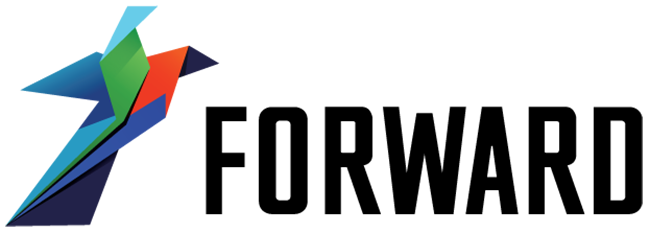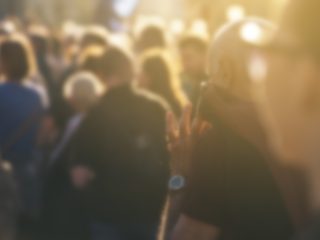Wishing for a return to “normal” ways—without investing in human capital, technology, innovation, and ecosystem development—will only hold leaders back from reinventing the systems around them.
By Caroline Stokes, Author of AfterShock to 2030: A CEO’s Guide to Reinvention in the Age of AI, Climate, and Societal Collapse
I was stunned. When the World Economic Forum’s Insight Lead used the term “shocks” and laid out a clear path that mirrors the reinvention framework I explore in my book, I felt like I had won the author lottery.
It took Malcolm Gladwell eight years for “tipping point” to enter everyday conversation. It took just two months for “shocks” to be used as a matter-of-fact term by the WEF.
“When we asked the chief economists about which areas of the global economy were disrupted, they basically said all of them”—Philipp Grosskurth, WEF
Obviously, no one at the WEF said they had read my book and no, I can’t take credit for the adoption of the word choice of “shocks” relating to my book AfterShock to 2030. But that’s how terms like “psychological safety” or “wilful blindness” became mainstream. Not because everyone had closely studied Amy Edmondson’s research from 1999, or Margaret Heffernan’s Wilful Blindness from 2011, but because phrasing that makes sense of a reality emboldens people to know what to do next. They are the catalysts and it’s then up to many others to become citizens to implement the idea.
Philipp Grosskurth, Insight Lead at the World Economic Forum, shared the latest Chief Economists’ Outlook in September. What stood out for me is that he normalizes the very disruptions that leaders must embrace, instead of complaining about them, arguing against them, or pretending they will all go away.
Wishing for a return to “normal” and traditional ways—without investing in human capital development, technology, innovation, and ecosystem development—will only hold leaders back from reinventing the systems around them.
It’s time to also realize that “ecosystem development,” does not just mean business clusters and tech hubs—it also means environmental ecosystems. If not, the shocks will only intensify.
This is exactly the leadership shift I explore in AfterShock to 2030—and the foundation of the Fifth Industrial Revolution leadership strategy I provide.
Here are excerpts of Philipp Grosskurth’s comments:
“What’s important about the current outlook is that it is weak, but it is weak in a phase where the global economy has been hit by shocks repeatedly of orders of magnitude that we’ve rarely seen in the past.
“And these shocks in quick succession have put us in a situation where earlier in this year, uncertainty was at its highest it’s been in a very long time. Things were very unclear. But now they’ve started to fall into place and they’ve started to make some more sense…
“When we asked the chief economists about which areas of the global economy were disrupted, they basically said all of them, and they said that the level of disruption was moderate to high for almost all of the areas that we asked them about. So the picture is one of a global economy that is transforming and it is transforming profoundly.
“So the regional picture is very diverse, and what we see is a very cautious outlook for the United States on the one hand, and a very optimistic one for the Middle East and North Africa on the other…
“For advanced economies, the story is very much about technology, skills and talent. So technology, innovation, ecosystem development in particular is the strongest growth driver, whereas for developing economies, this is much more about human capital development.
“So these diverging paths that are shaping up are something to watch in the next couple of years as countries adapt to the new global economy.”
Caroline Stokes is a leadership strategist, executive coach, and author of AfterShock to 2030: A CEO’s Guide to Reinvention in the Age of AI, Climate, and Societal Collapse (Broad Book Press, 2025.) She works with people in governance, Fortune 500 companies, and critical infrastructure leaders to close generational, cultural, and systemic divides and move individuals, teams, companies, and industries forward.



